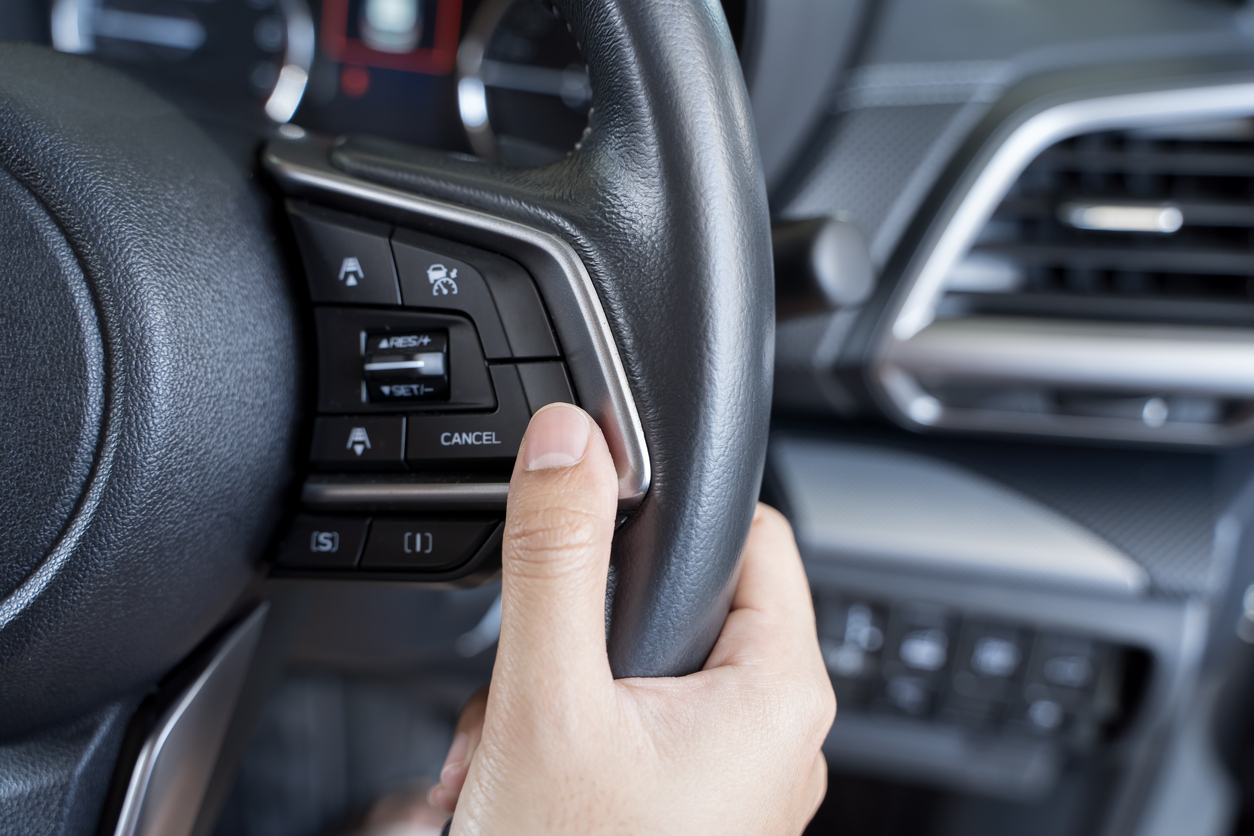Multi-car collisions like those wild scenes in action movies might seem like pure chaos, but Texas law actually lays out some clear rules for figuring out who’s responsible. Liability gets split up according to each driver’s share of fault, so more than one person can end up paying for damages or injuries. If you ever find yourself in one of these messes, knowing how fault is divided could really matter.
Texas uses a modified comparative negligence rule—basically, you can only get compensation if you’re 50% or less at fault. If you’re more than halfway to blame, you’re out of luck. This rule shapes how claims shake out after those big pileups you see on highways.
Investigators look at police reports, what witnesses say, and sometimes even technical data to work out who didn’t act with reasonable care. Anyone tangled up in a multi-car crash might want to talk with an attorney who knows car accidents inside and out. If you’re in Houston, reaching out to a local injury attorney could be a smart move.
Key Texas Laws Governing Multi-Car Pileups
When it comes to multi-vehicle wrecks, Texas law looks at the evidence, applies rules about shared blame, and checks specific transportation regulations. Courts weigh things like police reports, what each driver did, and even road conditions to sort out who’s on the hook.
Fault Determination for Multi-Vehicle Collisions
Figuring out who’s responsible in these crashes means looking at each driver’s actions and how they contributed to the chain reaction. Police reports and witness accounts carry a lot of weight in court. Investigators also check out how the cars ended up and what kind of damage happened to pinpoint who set things off.
Liability doesn’t always fall on just one person—sometimes several drivers share the blame. Where the vehicles ended up and their condition help judges and juries figure out whose moves actually caused injuries or property damage.
Comparative Negligence and Its Impact on Liability
Texas splits the blame among everyone involved, depending on how much each person contributed. If you’re partly at fault, your compensation gets knocked down by your percentage of blame. So, if you’re 30% responsible, you could still get 70% of your damages covered.
If your share of the blame hits 51% or more, though, you can’t recover anything. This rule really shapes how people negotiate and argue their cases in court.
Relevant Texas Transportation Code Provisions
Some key statutes spell out what drivers have to do in multi-car crashes—like keeping a safe distance, sticking to speed limits, and following emergency steps after an accident. Breaking these rules can make a big difference in who’s found liable.
The Texas Transportation Code also says drivers need to report accidents in certain situations, which helps collect evidence. Courts use these rules to sort out what counts as negligence versus just bad luck in a pileup.
Emerging Issues in Multi-Car Crash Litigation
Technology, court decisions, and new regulations are all changing the way Texas handles multi-car collisions. These shifts are affecting how liability is decided, what safety standards look like, and even how judges approach accident claims.
Impact of Artificial Intelligence and Autonomous Vehicles
With AI and self-driving cars showing up on the roads, figuring out who’s to blame in a pileup gets a lot trickier. If an AI-controlled vehicle is involved, is it the software’s fault, the manufacturer’s, or the person monitoring the car? That’s not always clear-cut.
Sometimes, liability stretches beyond drivers to include tech developers and car makers. Texas courts have to think about how the automated system behaved, often bringing in specialists to analyze what the AI did. Insurance claims can get complicated, too—sometimes it’s a programming hiccup or a sensor glitch at fault.
This whole shift means the legal system has to keep evolving, trying to make sure people get fair compensation while dealing with the quirks of algorithm-driven cars.
Role of Recent Legal Precedents
Recent court decisions in Texas (and across the country) are setting the tone for multi-car crash lawsuits. Judges are tackling how fault gets divided when several people are involved in a wreck.
Some key rulings have made it clear that shared responsibility is the name of thjy7e game, especially under Texas’s comparative negligence rule. Courts are pushing for a close look at each driver’s specific actions.
Higher courts are also shaping the rules for what kind of professional testimony and evidence can come into play. These decisions are changing how lawyers build their cases and how judges weigh liability when a pileup lands in court.
Evolving Safety Regulations in Texas
Texas has updated traffic safety rules, hoping to cut down on the number and seriousness of multi-car crashes. The latest mandates zero in on distracted driving, speeding, and impaired driving—those usual culprits in chain-reaction wrecks.
Regulations now demand drivers keep stricter following distances and encourage the use of advanced safety features like collision avoidance systems in their vehicles. Authorities are also pushing public education campaigns, trying to get folks to actually think about the risks that lead to pileups.
Law enforcement agencies have clearer guidelines for processing accident scenes, which helps them figure out liability more accurately. All these changes are supposed to make Texas roads safer and help everyone deal with the aftermath of big multi-vehicle crashes a little more smoothly.













